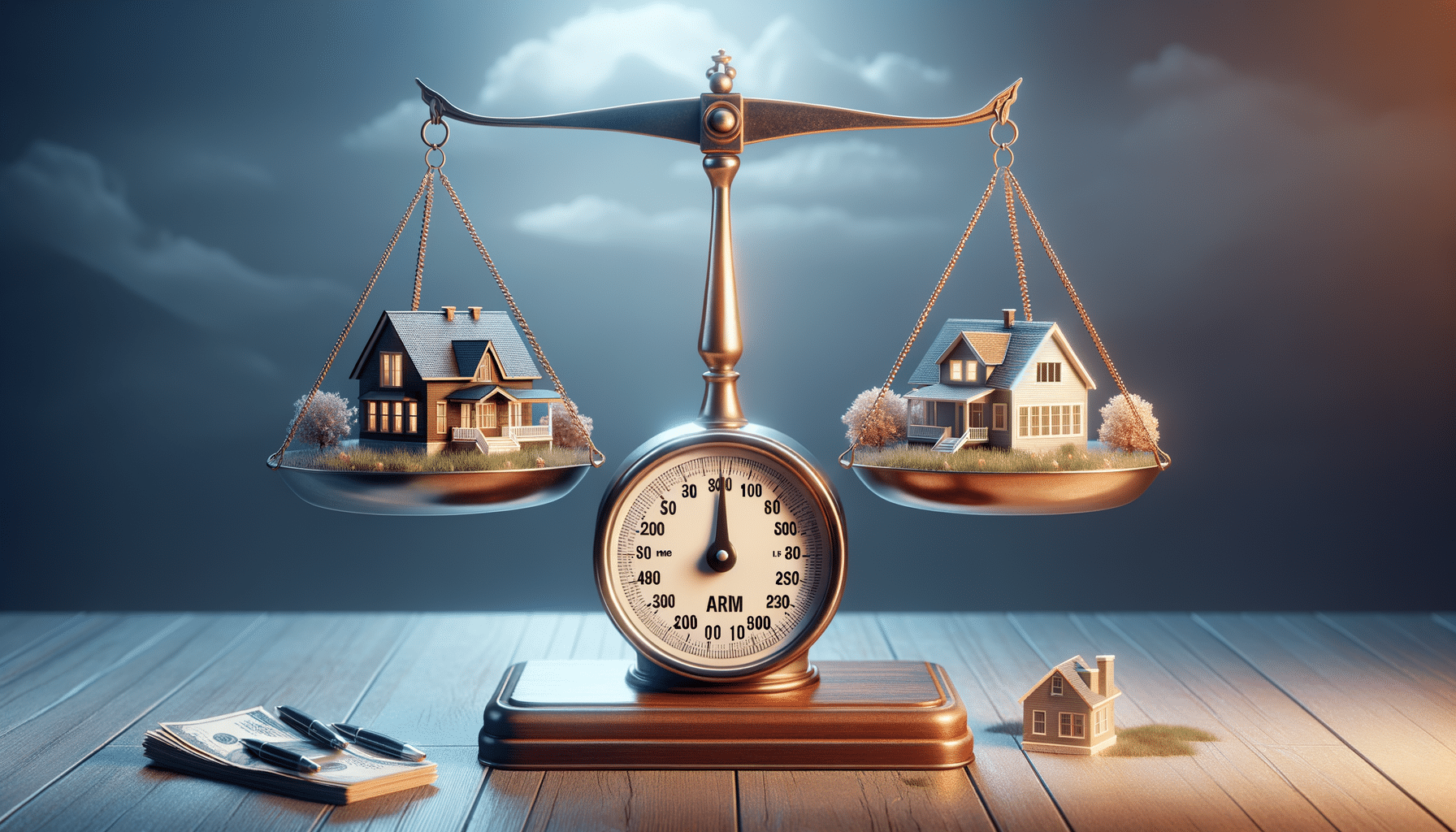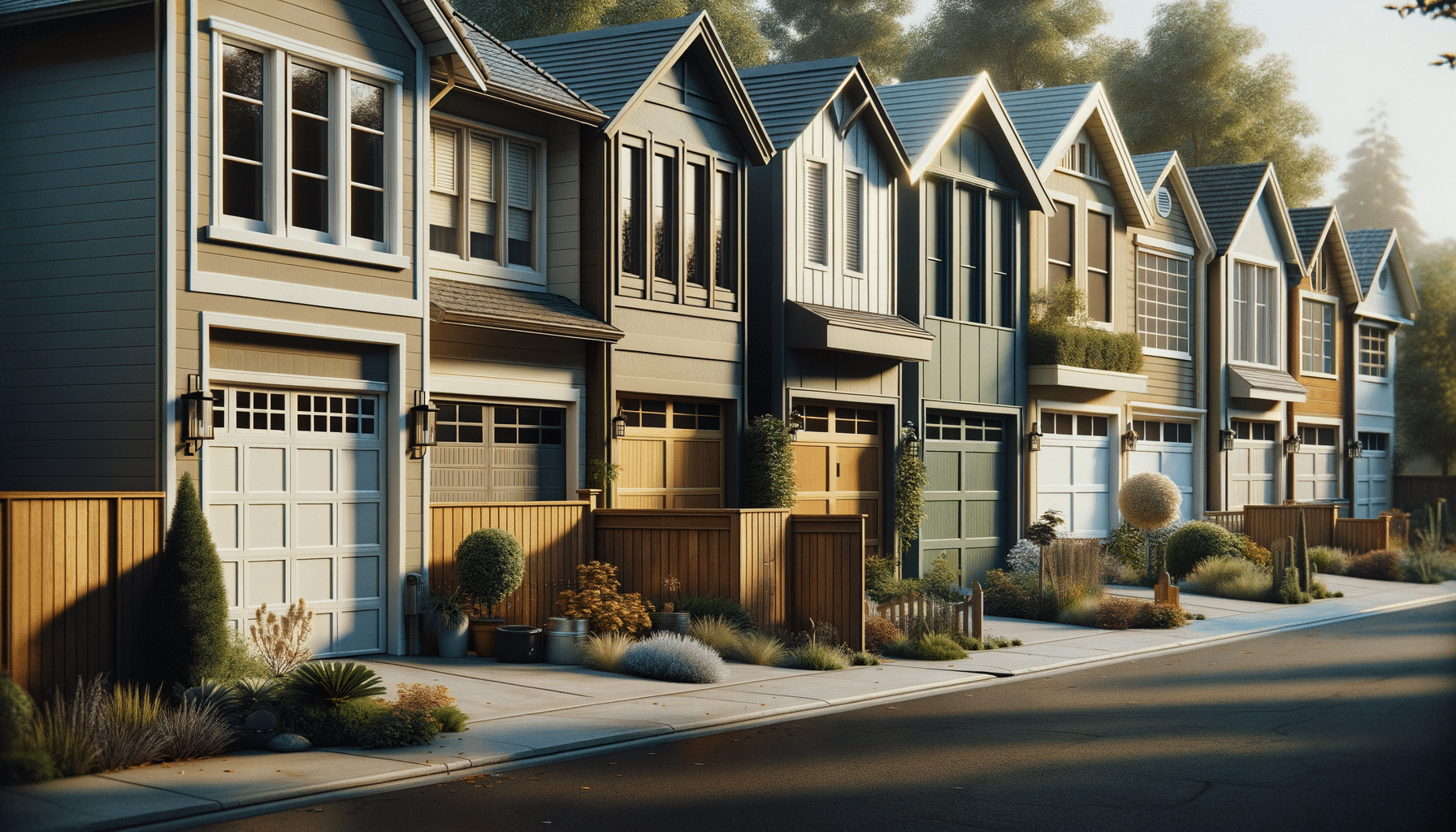
Fixed Rate or ARM? Explore How Mortgage Types Could Impact Your Monthly Housing Costs
Understanding Fixed-Rate Mortgages
Fixed-rate mortgages are a popular choice among homebuyers due to their predictability. With this type of mortgage, the interest rate remains constant throughout the life of the loan. This stability means that monthly payments are consistent, allowing homeowners to budget effectively without the worry of fluctuating rates. Fixed-rate mortgages are typically available in various terms, with 15-year and 30-year options being the most common.
The primary advantage of a fixed-rate mortgage is the security it offers. Homeowners can plan for the future, knowing their housing costs will not change unexpectedly. This predictability is especially beneficial in economic climates where interest rates are volatile. However, the trade-off is that fixed-rate mortgages often start with higher interest rates compared to adjustable-rate mortgages, which can mean higher initial monthly payments.
Despite the higher initial rates, fixed-rate mortgages can be advantageous in the long term. If interest rates rise over time, those with a fixed-rate mortgage will not be affected, potentially saving money compared to those with adjustable-rate loans. This type of mortgage is well-suited for individuals who plan to stay in their homes for a long period and prefer financial stability.
Exploring Adjustable-Rate Mortgages (ARMs)
Adjustable-rate mortgages (ARMs) offer a different approach, starting with lower interest rates that adjust over time based on market conditions. Typically, ARMs begin with a fixed rate for an initial period, often 5, 7, or 10 years, after which the rate adjusts periodically. This initial period of lower rates can make ARMs appealing to those looking to minimize early payments.
The potential for rate adjustments means that monthly payments can increase or decrease, depending on the direction of interest rates. This variability can be both an advantage and a risk. Borrowers may benefit from decreasing rates, but they must also be prepared for potential increases that could lead to higher monthly payments.
ARMs are often chosen by those who plan to sell or refinance their homes before the initial fixed-rate period ends. The lower initial rates can provide significant savings during the early years of the mortgage. However, this option requires careful consideration of future financial plans and the ability to adapt to changing payment amounts.
Choosing Between Fixed-Rate and Adjustable-Rate Mortgages
Deciding between a fixed-rate mortgage and an adjustable-rate mortgage involves evaluating personal financial goals and risk tolerance. Fixed-rate mortgages offer stability and predictability, making them ideal for those who value consistent monthly payments and plan to stay in their homes long-term. On the other hand, ARMs provide initial savings with lower rates, benefiting those who may move or refinance before the rate adjusts.
Several factors should be considered when choosing a mortgage type:
- Duration of Stay: Consider how long you plan to stay in your home. A fixed-rate mortgage may be more suitable for long-term residents, while an ARM could be beneficial for those planning a shorter stay.
- Risk Tolerance: Evaluate your comfort with potential payment fluctuations. If variable payments cause concern, a fixed-rate mortgage might be preferable.
- Current Interest Rates: Analyze current and projected interest rate trends. If rates are expected to rise, locking in a fixed rate could be advantageous.
Ultimately, the choice between fixed and adjustable rates depends on individual circumstances and financial strategies. Both options have their merits, and understanding their differences can help in making an informed decision.
Pros and Cons of Fixed-Rate Mortgages
Fixed-rate mortgages offer several advantages, primarily centered around stability and predictability. The consistent monthly payment allows for straightforward budgeting, making it easier to manage long-term financial planning. This can be particularly reassuring for first-time homebuyers or those with fixed incomes.
However, the higher initial interest rates compared to ARMs can be a drawback. This means that monthly payments might be higher at the start, potentially limiting the amount of home one can afford. Additionally, if interest rates decrease, those with fixed-rate mortgages may miss out on the opportunity to benefit from lower rates unless they refinance.
Despite these drawbacks, the security of a fixed-rate mortgage remains appealing. It provides peace of mind, knowing that no matter how the economy shifts, the mortgage payment will remain the same. This predictability can be a significant advantage in times of economic uncertainty.
Advantages and Risks of Adjustable-Rate Mortgages
Adjustable-rate mortgages offer an enticing entry point with lower initial rates, making them attractive for buyers looking to reduce early costs. This can be particularly beneficial for those who expect their income to increase over time or who plan to move within a few years.
The flexibility of ARMs can also be advantageous in a declining interest rate environment, potentially leading to lower payments if rates decrease. However, this flexibility comes with risks. If interest rates rise, borrowers may face significantly higher payments, which can strain finances if not anticipated.
Prospective ARM borrowers should consider their future plans and financial resilience. Understanding the terms of the loan, including how often rates adjust and the maximum potential increase, is crucial. This knowledge can help in preparing for future financial scenarios, ensuring that an ARM remains a viable option throughout the life of the loan.


